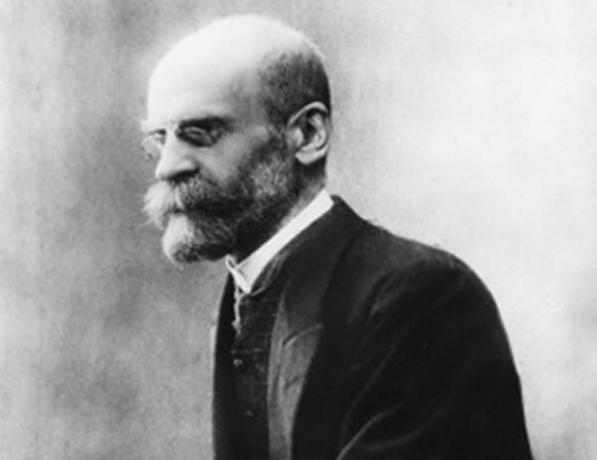We often know people who have high blood pressure or low blood pressure..However, the difference between these two conditions is not always clear, and the symptoms of these problems are not easily recognized either. Next, let's differentiate between high blood pressure and low pressure.
→ What is blood pressure?
Before differentiating high and low blood pressure, it is essential to understand what blood pressure is. THE blood pressure can be defined as the force that the blood exerts on the walls of the arteries as a result of the pumping done by the heart. Blood pressure is maximum when the heart contracts (systole) and, in this case, it is systolic call. there is still the diastolic pressure, which is a minimal pressure observed during diastole (relaxation of the heart muscles).
Blood pressure, which is measured in millimeters of mercury, is first transcribed using the systolic pressure value, followed by diastolic pressure value, for example, 120/80 mmHg (12 by 8). Although 120/80 mmHg is the optimal blood pressure value, not all people have it. This is how cases of hypertension and hypotension arise.
→ Hypertension or high blood pressure
THE arterial hypertension it is called high blood pressure and is characterized by blood pressure values above 140/90 mmHg. This condition is serious and is one of the most important risk factors for the development of cardiovascular, cerebrovascular and kidney problems.
High blood pressure can remain silent for years without causing any noticeable damage to the body. Often, the signs only appear when organs have already been compromised or when the pressure reaches high levels, such as 180/110 mmHg, which is an extremely dangerous value. Between the hypertension symptoms, we can quote the headache. In hypertensive individuals, pulsatile suboccipital headache is common, occurring early in the day and disappearing as the day progresses. In more severe cases of this problem, drowsiness, vision disorders, mental confusion and vomiting.
To control the rise in blood pressure, changes in lifestyle habits are needed. Among the main recommendations, there is a healthy eating, reducing salt intake, practicing physical activity and avoiding habits such as smoking and excessive alcohol consumptionIt is noteworthy that in some cases the individual needs drug treatment to control their pressure.
→ Arterial hypotension or low blood pressure
Hypotension is the so-called low pressure, which is characterized by values below 100/60 mmHg. Some authors consider hypotension only values below 90/60mmHg. Typically, symptoms of hypotension are transient, including headache, blurred vision, dizziness, confusion, feeling faint, unconsciousness, weakness and drowsiness.
The most common form of manifestation of low blood pressure is the postural hypotension, also known as orthostatic. This type of hypotension occurs when a person is lying down and sitting or standing up, that is, moving to a more upright position. Furthermore, this picture happens when there is dehydration, bleeding, long periods without food, or even when medication is used to reduce blood pressure in cases of hypertension.
Treatment of hypotension depends on its cause. However, usually the situation can be corrected by laying the person down so that the feet are in a higher position and keeping them hydrated. If the person stays with the symptoms for a long time, it is necessary to seek medical help.
By Ma. Vanessa Sardinha dos Santos
Source: Brazil School - https://brasilescola.uol.com.br/doencas/diferenca-entre-pressao-alta-pressao-baixa.htm



